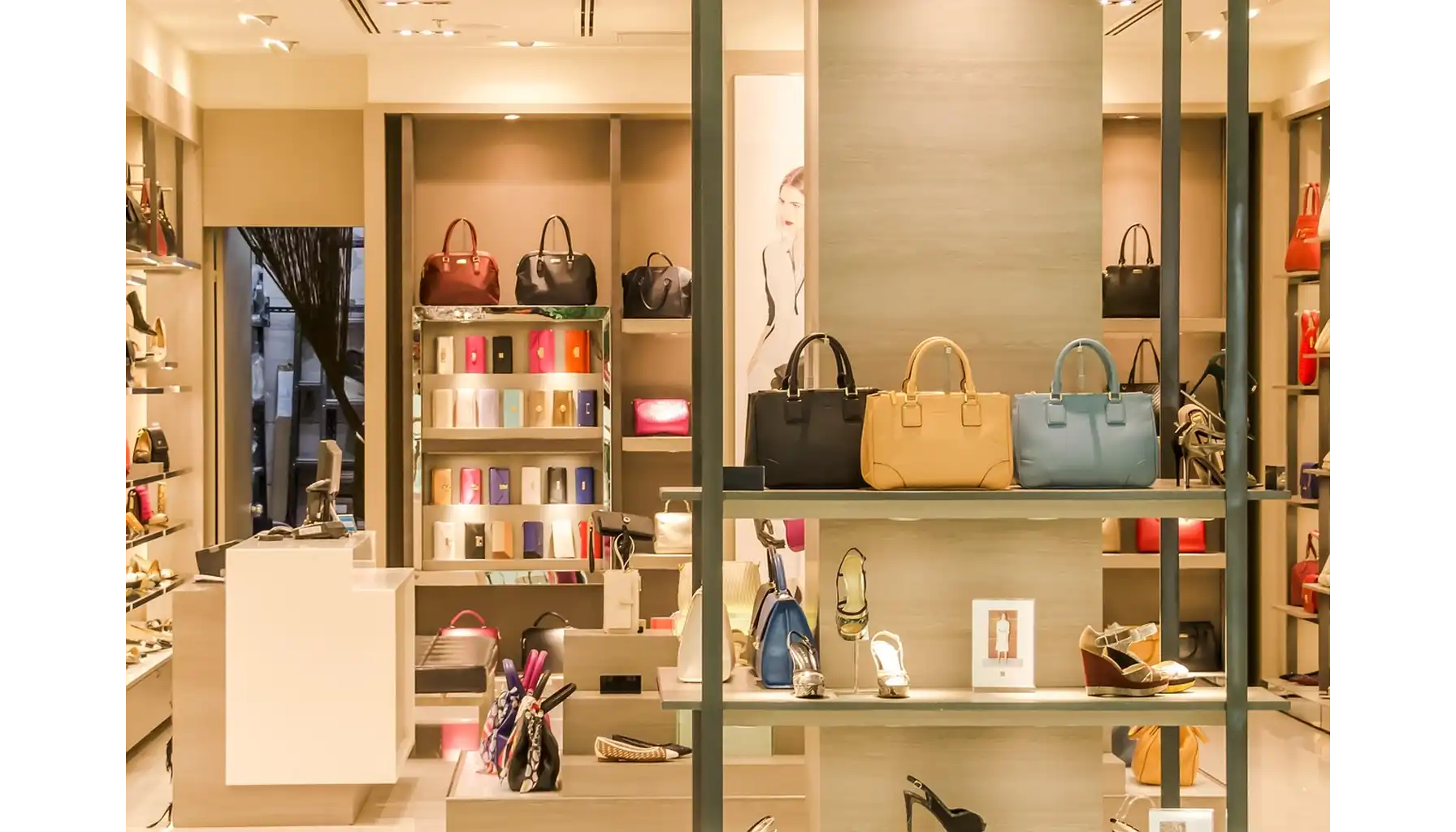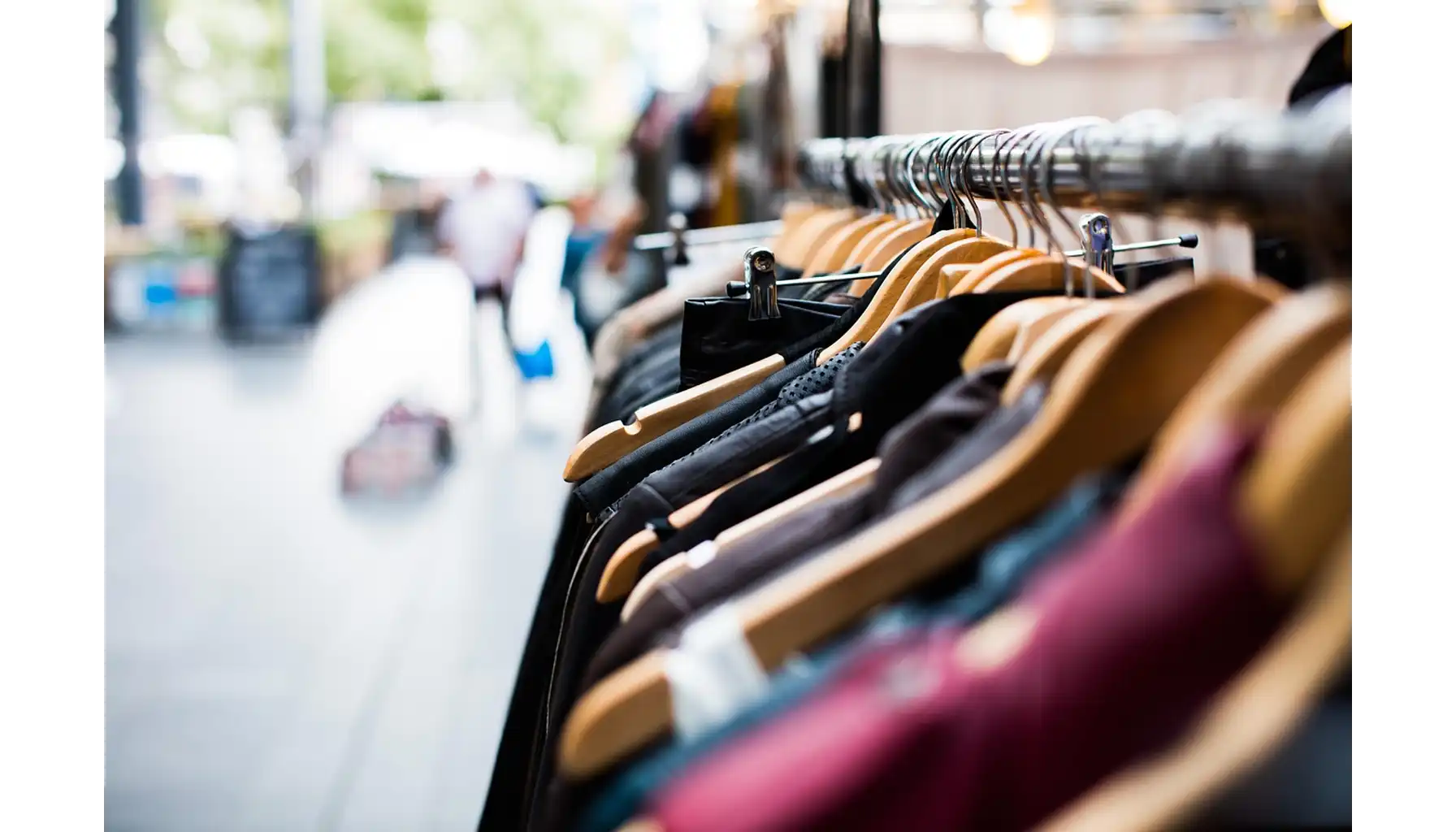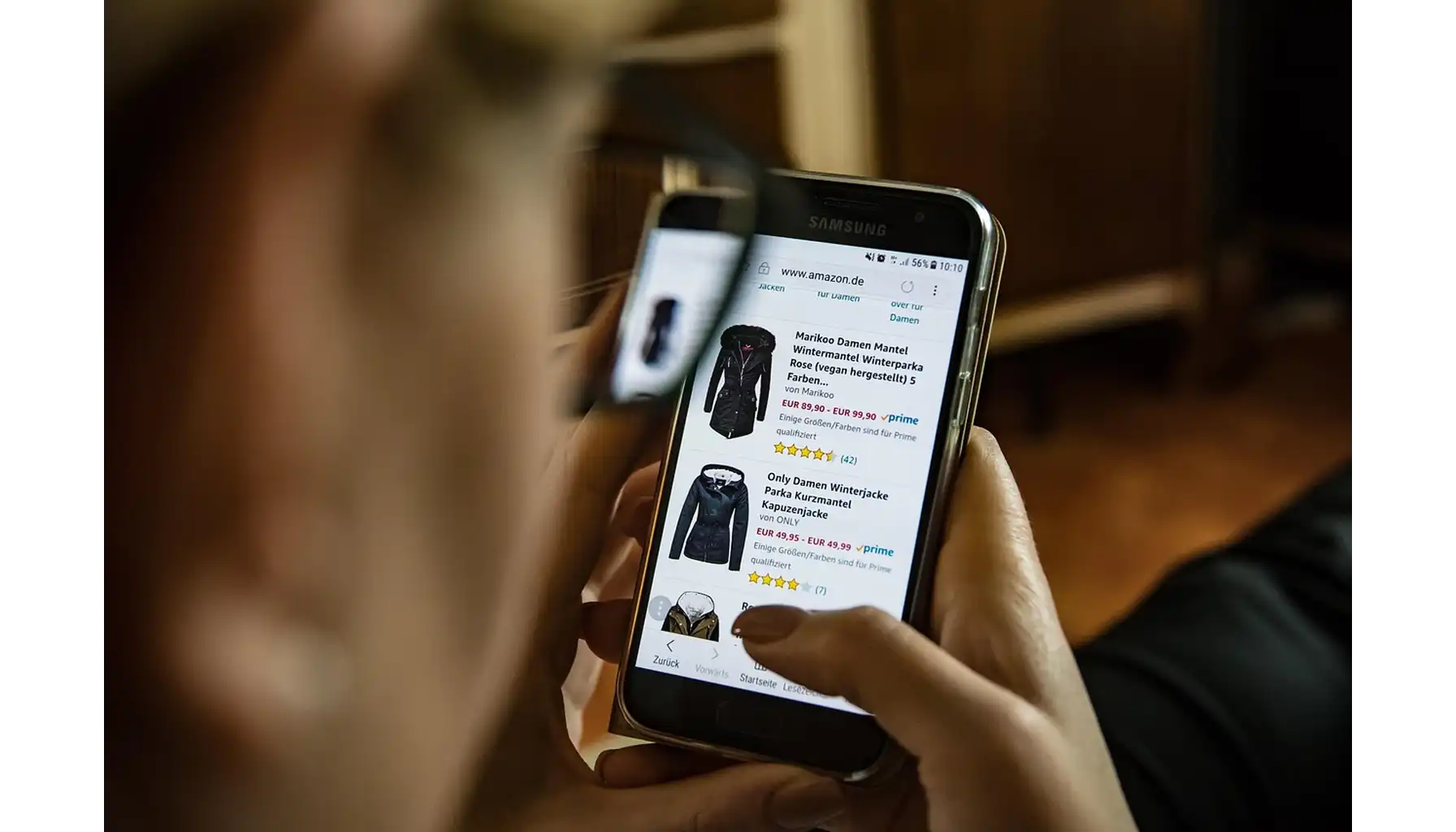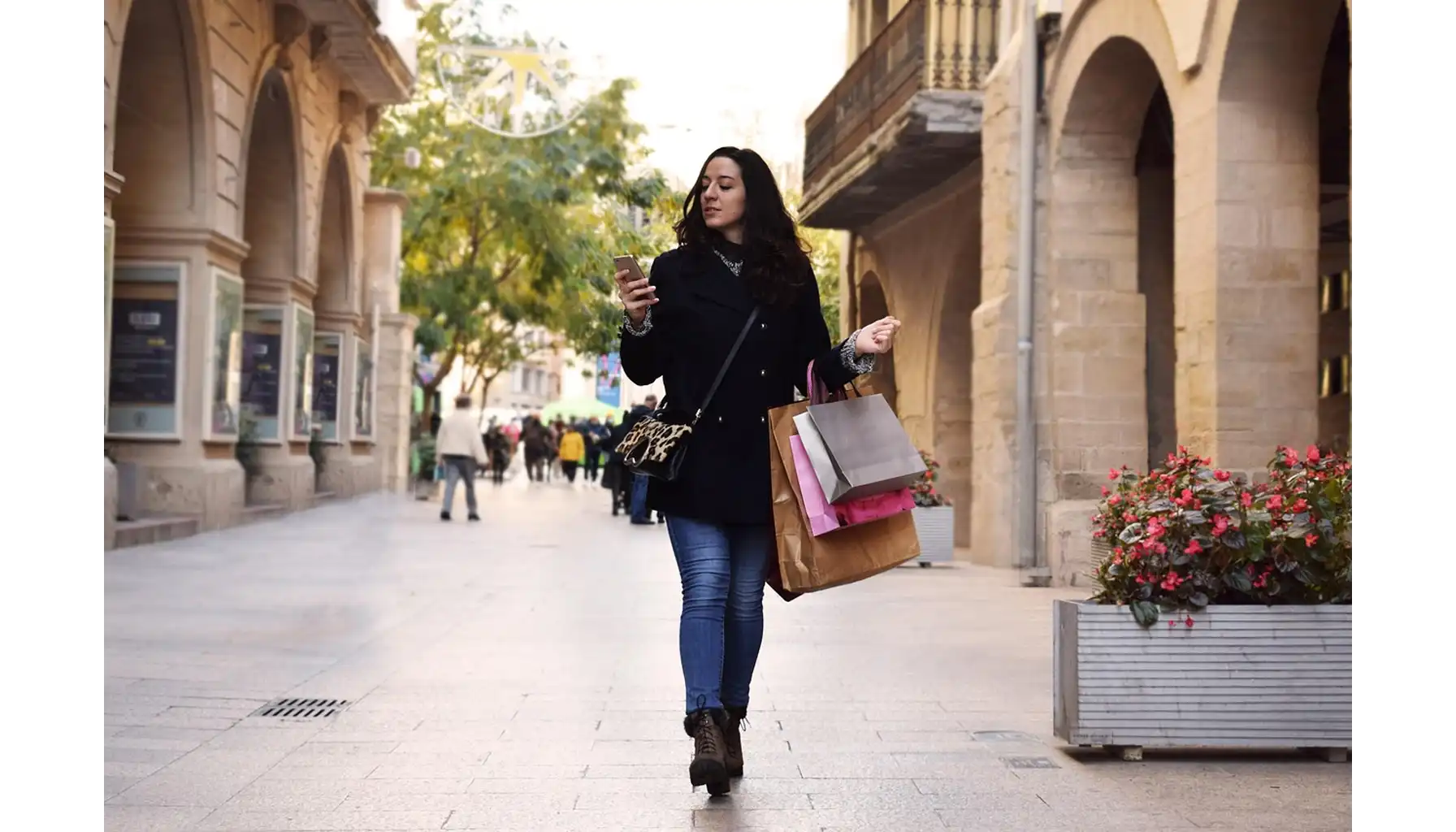Shopping Addiction: Recognizing Signs and Finding Effective Solutions

Contents:
Shopping addiction is a growing concern that can cause significant harm to a person’s financial, emotional, and relational well-being. If you find yourself compulsively buying, struggling to control the urge to spend money, or frequently hiding your purchases, it might be time to consider having excessive shopping behavior. Recognizing the signs early on and seeking help is essential for breaking free from the cycle of compulsive buying.

If you want to improve your ability to focus and manage compulsive behaviors, how to improve attention span can be a valuable resource to help with self-control.
What is Shopping Addiction?
Shopping addiction, also known as compulsive buying disorder, is a behavioral addiction where a person has an uncontrollable urge to purchase items, often resulting in significant financial and emotional distress.
While people generally enjoy shopping as a hobby or to satisfy a need, those who struggle with shopping addiction often do so out of compulsion rather than necessity. It may involve impulsive purchases, buying things that are unnecessary or unwanted, or buying to feel better emotionally.
Shopping addiction symptoms are often linked to emotional triggers, such as stress, anxiety, or depression. Purchasing provides a temporary sense of relief or excitement, but the feelings quickly fade. This leads to guilt, shame, and even more purchasing. The cycle becomes difficult to break, often leading to severe financial consequences.
Signs of Shopping Addiction
Recognizing signs of shopping addiction early can help prevent long-term damage. Here are some common signs to watch for:
Uncontrollable urges: The person feels the need to shop, even when they don’t need anything.
Guilt or shame: This happens after a shopping spree and you have to hide your purchases from family and friends.
Financial distress: Maxing out credit cards, accumulating debt, or spending beyond one’s means.
Emotional relief: Purchasing provides temporary emotional comfort, especially during moments of sadness or anxiety.
Neglecting responsibilities: Spending excessive time and energy on buying, often at the cost of work, relationships, or health.
If you notice these signs in yourself or others, it may be a signal that shopping addiction help is needed.
How to Stop Shopping Addiction

If you’re wondering how to stop shopping addiction, it’s important to approach recovery systematically. Here are some practical steps to regain control:
Track your triggers: Keep a journal of when and why you feel the urge to shop. Identifying your triggers (which could be a specific emotion, such as stress or boredom, or external factors, such as sales or advertising) can help you understand the underlying causes of your addiction and take proactive steps to manage it.
Unsubscribe from marketing emails and notifications: Remove temptation by unsubscribing from retail newsletters and turning off notifications for online stores. The constant bombardment of promotional messages can trigger impulsive buying decisions, so limiting exposure can help you avoid unnecessary temptations.
Limit access to online stores: Use website blockers or apps to limit your access to shopping sites. There are tools that can restrict access to specific websites or apps during certain hours, giving you time to think through purchases and avoid impulsive buys.
Set up accountability measures: Share your goals with a trusted friend or family member who can check in with you regularly about your progress. Knowing that someone else is aware of your efforts can increase your commitment to curbing your shopping habits.
Focus on long-term goals: Instead of focusing on immediate gratification, set clear, long-term financial and personal goals. You might set a goal to save for a vacation, build an emergency fund, or pay off debt. Having a meaningful goal can help you reprioritize and reduce the urge to spend impulsively.
Practice mindfulness: Developing mindfulness can help you better control your urges. Mindfulness techniques such as deep breathing, meditation, or simply pausing for a few moments to appreciate, as this creates space between the impulse and the action.
Limit credit card usage: Carrying only a limited amount of cash when you go out can make it more difficult to make impulsive purchases. You can leave your credit card at home and use debit cards or prepaid cards instead.
Reward yourself with non-material incentives: Instead of rewarding yourself with purchases, find other ways to celebrate milestones in your journey. Distract yourself by watching a movie, dining at your favorite restaurant, or doing something fun that you enjoy.
Educate yourself on financial literacy: Knowing how overspending affects your long-term financial well-being motivates you to change your behavior. Learning about budgeting, investing, and saving can help you make informed decisions that align with your financial goals.
Set specific no-buy periods: Designate specific days, weeks, or months where you commit to not buying anything unless it's essential. This can help you break the cycle of habitual buying and build discipline over time.
Online Shopping Addiction
In the digital age, online shopping addiction has become a major concern. The ability to shop from home, often with just a few clicks, makes it easier to shop impulsively. Buying websites like Amazon, eBay, and other online retailers encourage repeated purchases by offering convenience and tempting deals.
People who are already struggling with shopping addiction may find it harder to break the cycle when shopping online. The anonymity of online purchasing makes it easier to hide purchases from others, and the ability to buy things in the middle of the night or during work hours exacerbates the problem. How to stop online shopping addiction requires extra effort, as it involves limiting online access, avoiding unnecessary browsing, and using tools to block buying websites.

The Connection Between ADHD and Shopping Addiction
People with ADHD may be more prone to impulsive buying due to difficulties in controlling their impulses and managing distractions. The reward-seeking behavior associated with ADHD can make the temporary "high" from shopping more appealing. Understanding this connection is key to addressing both ADHD and shopping addiction together in treatment.
Many people with ADHD find themselves buying to alleviate boredom, frustration, or feelings of inadequacy. This temporary relief, however, often leads to regret and deeper emotional distress. Addressing the root causes of ADHD and learning better coping strategies can help reduce the tendency to engage in compulsive buying behaviors.
What Causes Shopping Addiction?
Here are some key influences:
Psychological triggers: Many people turn to shopping to cope with negative emotions such as stress, loneliness, or anxiety. The act of purchasing something can provide temporary emotional relief.
Social pressure and cultural influences: Society often equates material possessions with happiness and success. The constant exposure to advertisements, media portrayals of luxury, and the rise of social media influencers can trigger feelings of inadequacy and increase the urge to buy.
Biological factors: Research suggests that people with a shopping addiction may have abnormalities in the brain’s reward system. Similar to substance use disorders, compulsive shopping can stimulate dopamine production, which reinforces the behavior.
Family history and genetics: If someone has a family history of ADHD, substance abuse, or other behavioral addictions, they may be more predisposed to developing shopping addiction themselves.
Shopping Addiction Treatment
Seek professional treatment: If you're struggling with shopping addiction, it's important to seek professional help. Therapy plays a critical role in overcoming compulsive shopping behaviors.
Cognitive Behavioral Therapy (CBT): CBT is a commonly used therapeutic approach to address shopping addiction. It helps people identify and challenge unhealthy thought patterns and behaviors that drive compulsive buying.
Medications: In some cases, medications may be prescribed to manage co-occurring mental health conditions, such as anxiety, which often accompany shopping addiction.
Support groups: Joining a shopping addiction support group is an essential part of recovery.These groups offer emotional support and allow you to connect with others who are facing similar struggles, helping you learn how to get over a shopping addiction.
Trigger management strategies: Support groups provide strategies to manage triggers, such as emotional distress or the impulse to buy during stressful situations, playing a vital role in the recovery journey.

Conclusion
Shopping addiction is a complex problem that significantly impacts life. Recovery is always possible with the right support and treatment.
By recognizing the problem, seeking professional help, and attending therapy and support groups, a person can regain control over their impulses.
With a strong desire to overcome the disease, it is easy to free yourself from the compulsive desire to buy and live a healthier and more fulfilling life, as there are enough resources.





